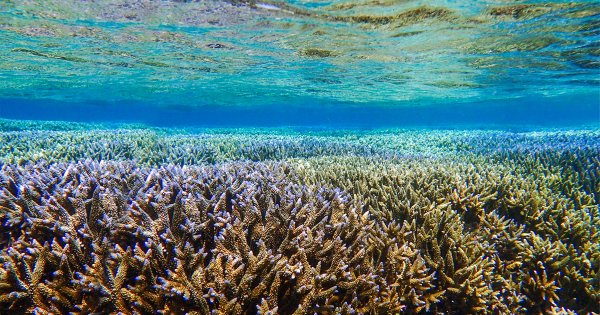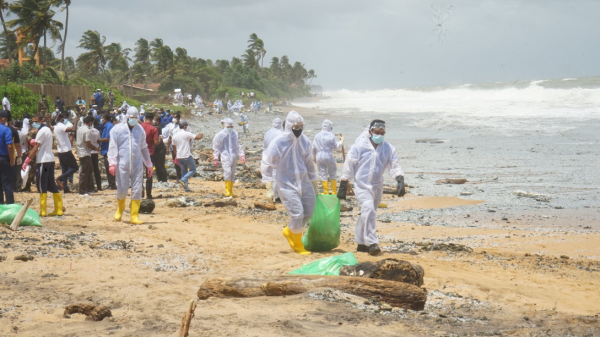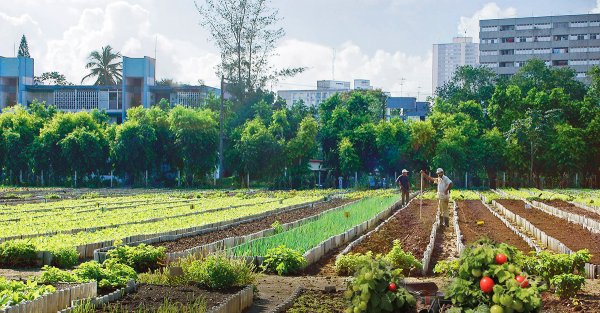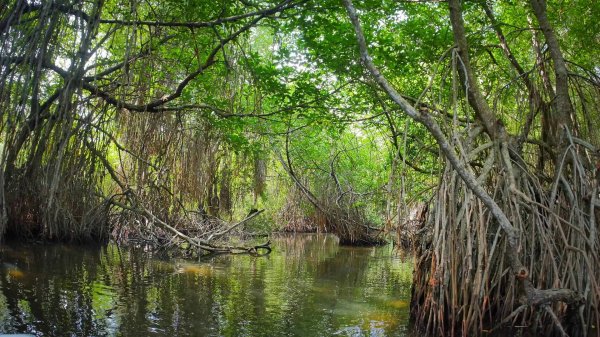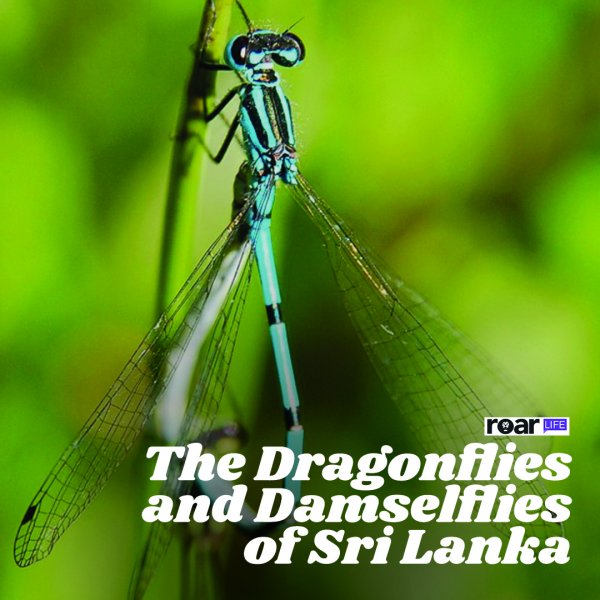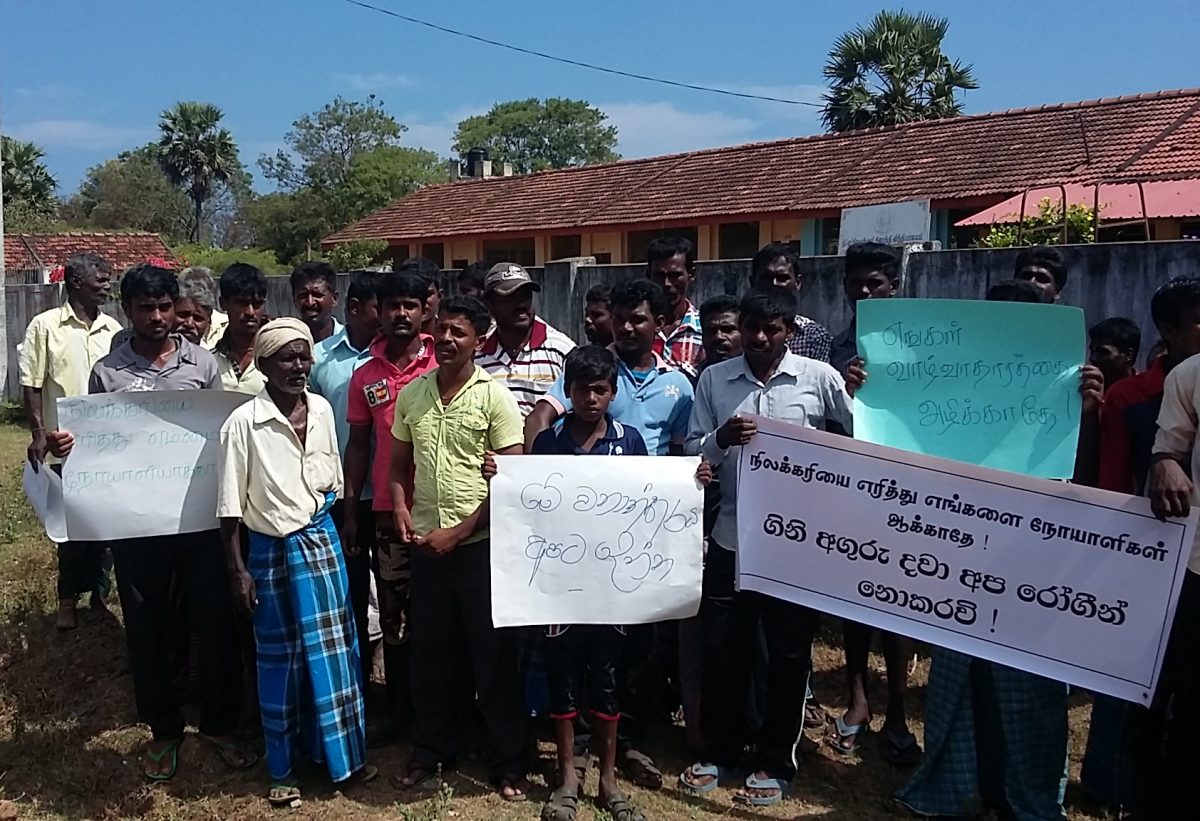
Sri Lanka on the international platform pledged the nation’s support to end an era of fossil fuel. The situation on ground zero, however, remains grim, as the country is forging ahead with the construction of a 500 megawatt coal power plant in Eastern Sri Lanka.
On April 22, Sri Lanka joined 171 countries to sign the Paris Agreement on Climate Change, a historic high-level signature ceremony, which is the culmination of negotiations held among member states who agreed on a landmark climate deal at the UN Headquarters in New York.
After 20 years of fraught meetings, signing the treaty signals an end to the fossil fuel era and a universal resolution to cut down emissions.
According to Vositha Wijenayake, Policy & Advocacy Coordinator for Climate Action Network South Asia (CANSA).“Sri Lanka signing the Agreement shows its commitment, but in order to make a concrete effort, actions and policies at the domestic level must be in sync with addressing emission reduction and adapting to the impacts of climate change.”
The issue, however, is that starting a new coal power plant “will lead to a lock-in effect that will last decades,” as Asoka Abeygunawardana, Chairman of Strategic Enterprise Management Agency (SEMA) and author of ‘A World Without Oil Or Coal’ pointed out, especially at a time when developed countries are shutting down coal power plants.
The Sampur Power Plant
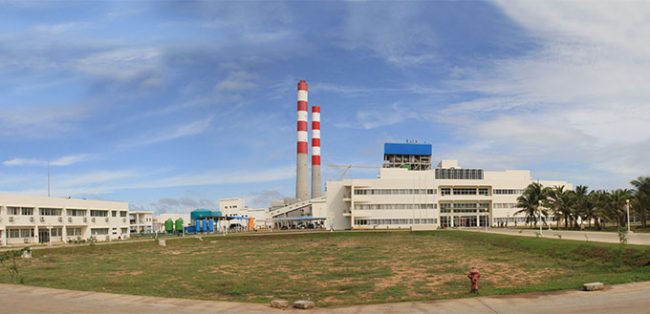
The Sampur coal power plant is currently under construction. Image courtesy Ministry of Power and Energy.
But while the world looks to move one step closer in addressing climate change, events in Sri Lanka have taken a regressive turn.
Fences are being erected and site leveling has begun at the proposed 515 acre site for the controversial 2 x 250 megawatt Sampur coal power plant in Trincomalee. The site is located in Koddiyar Pattu of the Muttur Divisional Secretariat, bound by four villages; Soodaikuda, Sampurkali, Kadalkaraichenai and Kunitheevukkadu.
The power plant is a venture between the Ceylon Electricity Board (CEB) and National Thermal Power Corporation Ltd. (NTPC) of India, and is expected to be linked to the national grid by 2017. Engineering services, for which tenders were called last month by the NTPC, are expected to begin by July this year.
The IDP Situation
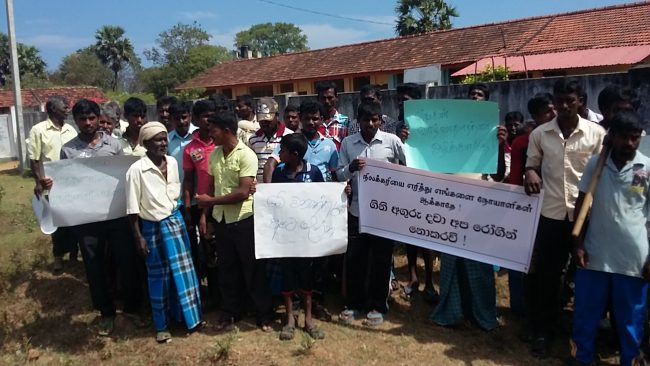
Former IDPs are returning to Sampur ‒ but they face a certain threat.
The issue of the coal power plant, however, is fraught with further complications, particularly when you take the IDP situation into account.
In 2006, the Battle of Sampur between the LTTE and Government forces saw an eviction of nearly 1,250 families who fled the frontlines. When Sri Lankan security forces captured Somapura (Sampur), it also marked a historic territorial change since the signing of the ceasefire in 2002.
The casualties of war, 825 families were relocated to make-shift shelters in impoverished conditions around Sampur and Jaffna. Since mid last year, a Supreme Court order revoked the creation of a Special Industrial Zone. This saw 818 acres of land handed back to former owners. According to the Governor of the Eastern Province, Austin Fernando, many more internally displaced persons (IDPs) were given title deeds as early as last month.
However, these former IDPs find themselves returning to land that will soon witness a coal power plant in full operation very close to their homes.
“The location of the Sampur Power Plant is a serious concern among the IDPs who have been returning home,” said Thirunavukkarasu Gopahan, a resident of Sampur, and an activist based with the People’s Forum Against the Sampur Power Plant in Trincomalee.
Three families who live within the 100m buffer zone of the site have lodged complaints at the District Secretariat. Three hundred families in the Kadalkaraichenai area would be directly affected because the village is an entrance to the site. Based on the population census by the Green Trincomalee Movement, 30 families will lose their lands partially, and 40 will have restricted access to the coast.
A Potential Threat To Lives And Livelihoods
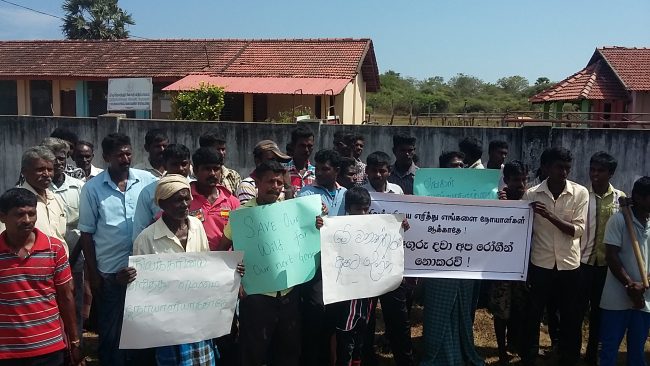
Protests were held by villagers in Sampur last month, against the establishment of the coal power plant.
Last month, on April 7, 150 residents of the Santhosapuram village staged a protest in front of the Kiravalkuli Sivashakthy Vidyalayam, claiming that the school playground would be within the proposed boundaries of the site. The villagers, who are dependent on paddy fields, said that waste water will contaminate their wells and fields.
Representatives of the Environmental Foundation Limited (EFL) who toured the site say the Environment Impact Assessment (EIA) did not include the cumulative impact on the agricultural fields and the quality of air to which these residents will be exposed.
A report on their assessment cites that heavy metals and smog from the plant will affect air quality, while disposing of the sludge will cause an accumulation of heavy metals and radioactive elements. The chemicals in the sludge will leach into the groundwater, affecting people for generations to come, the report noted.
“When the EIA was done in 2011 there were no IDPs at that time, the population was sparse and spread out,”said Thirunavukkarasu Gopahan of the People’s Fourm. “We ask the government to reconsider the location of the plant. There are people here now who were not there in 2011.”
While the energy crisis is definitely something we should work towards solving, the question, however, is whether the high price we’re paying for it ‒ not merely in monetary terms ‒ is justified, especially in an age when we can no longer afford it.

